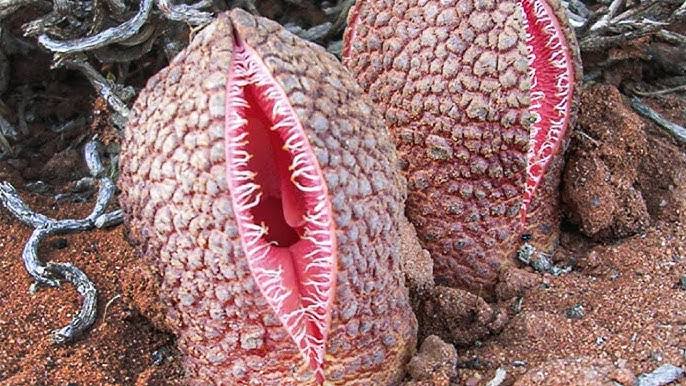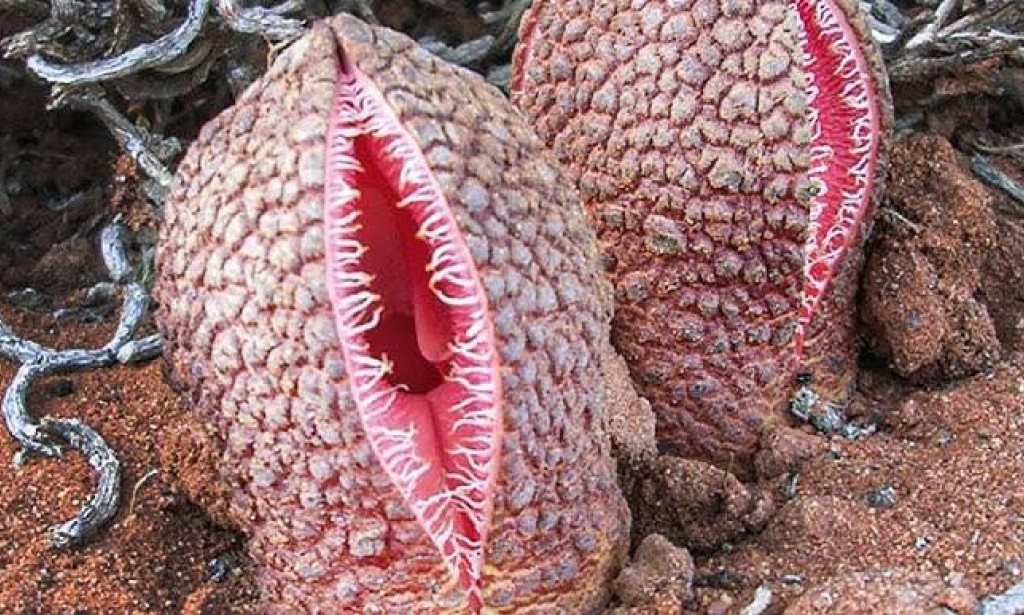
Nature is beautiful, but it can also be deadly. Some of the world’s most dangerous plants look harmless or even attractive — but a simple touch can cause burning, blisters, blindness, or even death. Here are five of the most dangerous plants you should never touch:
1. Giant Hogweed
This plant looks like a huge version of parsley or wild carrot. But don’t be fooled — its sap causes severe skin burns and blisters when exposed to sunlight. If it touches your eyes, it can cause permanent blindness. Found mostly in Europe and parts of North America, it's spreading fast
2. Poison Ivy
Very common in the United States and parts of Asia, poison ivy causes itchy, red rashes when touched. It contains an oil called urushiol, which sticks to your skin, clothes, and even your pet’s fur. The rash can last for weeks and become very painful.
3. Oleander
Oleander is a beautiful flowering plant often seen in gardens. But every part of this plant — leaves, flowers, and even smoke from burning it — is highly toxic. Touching it can cause skin irritation, and eating even a small amount can lead to heart problems or death.
4. Stinging Nettle
This plant may look like ordinary greenery, but its leaves are covered in tiny hairs that release chemicals when touched. The result? Intense pain, itching, swelling, and redness. While not deadly, it’s extremely uncomfortable and can ruin your day.
5. Manchineel Tree
Known as the “Tree of Death,” the Manchineel grows in parts of the Caribbean, Central, and South America. Its fruit looks like a green apple, but even standing under this tree in the rain can cause blistering skin burns. Touching or eating any part of it can be fatal.
These plants may look harmless, but their effects can be dangerous or even deadly. Always be careful when walking in the wild or handling plants you don’t recognize. If you're not sure what it is — don’t touch it

You must be logged in to post a comment.